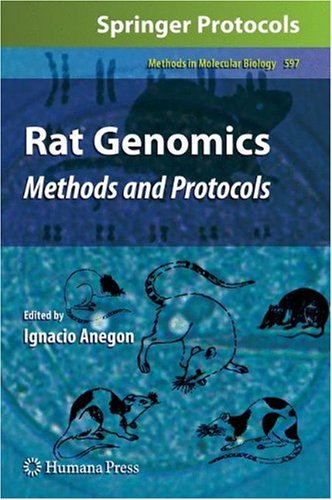

Most ebook files are in PDF format, so you can easily read them using various software such as Foxit Reader or directly on the Google Chrome browser.
Some ebook files are released by publishers in other formats such as .awz, .mobi, .epub, .fb2, etc. You may need to install specific software to read these formats on mobile/PC, such as Calibre.
Please read the tutorial at this link. https://ebooknice.com/page/post?id=faq
We offer FREE conversion to the popular formats you request; however, this may take some time. Therefore, right after payment, please email us, and we will try to provide the service as quickly as possible.
For some exceptional file formats or broken links (if any), please refrain from opening any disputes. Instead, email us first, and we will try to assist within a maximum of 6 hours.
EbookNice Team

Status:
Available0.0
0 reviewsGrown exponentially by the genomic revolution, the use of the rat as a model of choice for physiological studies continues in popularity and at a much greater depth of understanding. In Rat Genomics: Methods and Protocols, world-wide experts provide both practical information for researchers involved in genomic research in the rat along with a more contextual discussion about the usefulness of the rat in physiological or translational research in different organs and systems. The volume extensively covers topics including genome sequencing, quantitative trait loci mapping, and the identification of single nucleotide polymorphisms as well as the development of transgenic technologies such as nuclear cloning, lentiviral-mediated transgenesis, gene knock-down using RNA interference, gene knock-out by mutagenesis, and zinc finger nucleases plus exciting advances in the obtention of rat embryonic cell lines. As a volume in the highly successful Methods in Molecular Biology™ series, this work provides the kind of detailed description and implementation advice that is crucial for getting optimal results.
Comprehensive and up-to-date, Rat Genomics: Methods and Protocols thoroughly covers the current techniques used in labs around the world and overviews the applications of the data obtained, making it certain to be useful to the scientific community as a key source of references and methods.